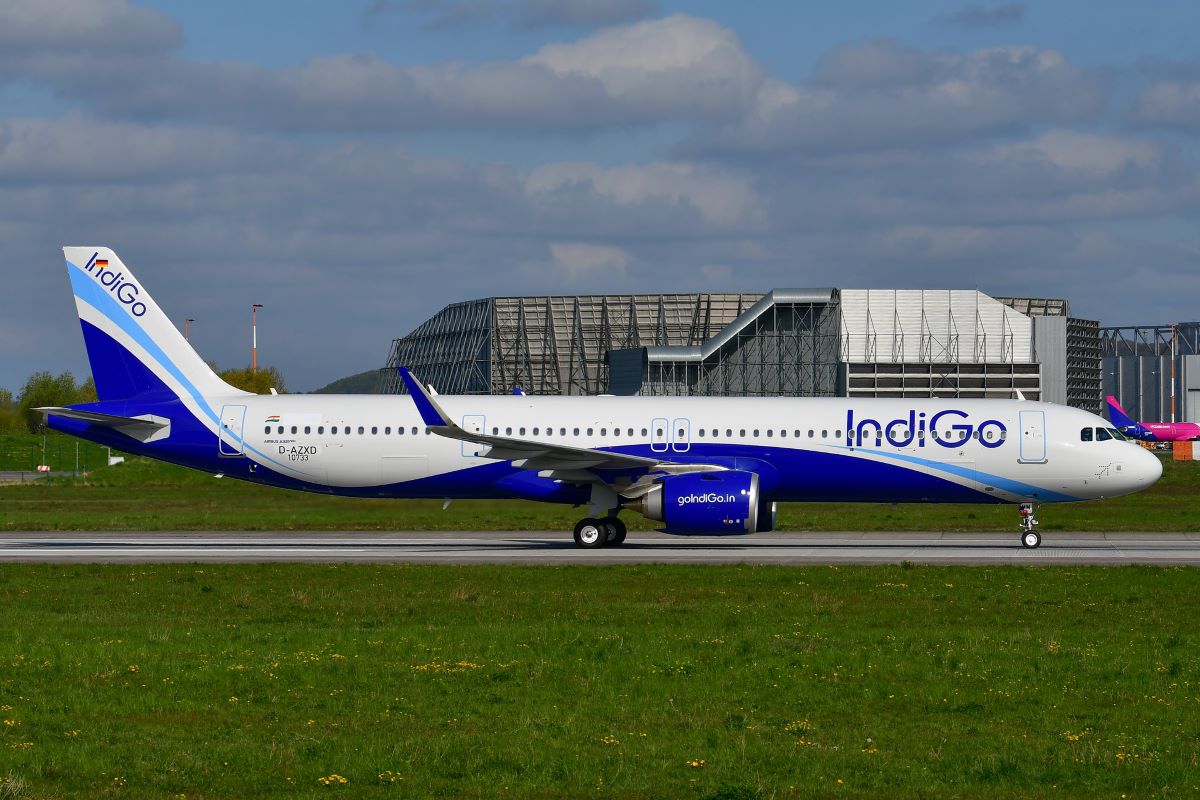IndiGo Deals With Grounding More Planes Over Engine Issues

Skift Take
IndiGo, India’s largest airline by fleet size and domestic market share, is also one of the largest Airbus customers. Its fleet of 332 aircraft consists of 289 A320 family aircraft. And it has 954 A320/A321neo aircraft pending delivery.
So it’s no small matter that it has grounded some 80 aircraft over the Pratt & Whitney engine issue and it’s working on ways around it.
IndiGo has said it expects that aircraft numbering in the “mid-thirties” will be grounded due to engine inspections in the first three months of 2024. That’s over and above almost 45 that are already grounded and awaiting engines.
As India’s largest airline, IndiGo can’t cancel hundreds of flights. IndiGo says it will lease more aircraft from the market and retain older aircraft longer.
IndiGo has retained 14 older-generation aircraft in its fleet and has damp leased 11 narrowbody aircraft. It will also lease 12 ceo aircraft from the secondary market and hopes to have their deliveries start from January 2024 onwards. The airline has also re-inducted 36 aircraft into its fleet.
Overall, IndiGo sounds optimistic. In an exchange filing, IndiGo reconfirmed their earlier capacity guidance for fiscal year 23-24 “in the North of mid-teens.”
IndiGo Bet on Pratt & Whitney’s Engines in 2011
When an airline buys an aircraft, it pays Airbus, Boeing or another manufacturer for the airframe, but the engine contract is made directly with the engine manufacturer such as Pratt & Whitney, Rolls Royce, GE, CFM or Safran.
Engines account for about one-fourth the cost of the aircraft, so a lot of analysis goes into that decision.
For the A320neo and its derivatives, Pratt & Whitney offered the PW1100G engine, a Geared Turbofan Engine (GTF) that cost $10 billion in R&D. It claims up to 20% fuel and emissions savings are possible per trip.
However, the path to this place has come with problems over the eight years that the GTF program has commercially existed. Initially, the engine start time for these engines was too high compared to other engines. Over time, many issues have been detected. Certain issues in 2018 even caused Airbus to stop accepting the engines on the A320neo family aircraft.
The A320neo family has a lion’s share of the narrowbody aircraft market in India. IndiGo and Go First chose the PW GTF engines. Everyone else, including Air India and Vistara, chose CFM’s LEAP engines.
IndiGo has seen repeated issues with the GTF engines. In 2018, Bloomberg reported IndiGo had stated that the airline had to replace 69 engines within 18 months of induction. In 2019, IndiGo reported four incidents involving in-flight engine stall.
This caused the Indian aviation regulator to step in.
Go First reported that about half its fleet was grounded. Go First filed for insolvency in May 2023 and has been grounded since, and blamed the prolonged grounding due to Pratt & Whitney’s failure to supply replacement engines for its insolvency.
RTX Corp, which owns Pratt & Whitney, disclosed in July 2023 about a “rare condition” of the powdered metal used in their engines, which meant that about 600+ of the more than 3,000 engines built between 2015 and 2021 for use on the A320neo/A321neo must be brought back to the shop and inspected for microcracks. Most of the engines would need inspection in 2024 and onwards, it had said.
Most of these engines are on aircraft operated by IndiGo. Aviation Week reported that five other carriers - Air China, Go First, Lufthansa, Spirit Airlines and Volaris - each have at least 40 aircraft powered by PW GTF engines.
IndiGo gave up on GTF in 2020. Since then, all deliveries have been CFM LEAP-1A engines. But IndiGo still needs to choose engines for another 500 aircraft it ordered this year.




